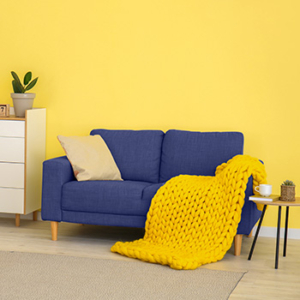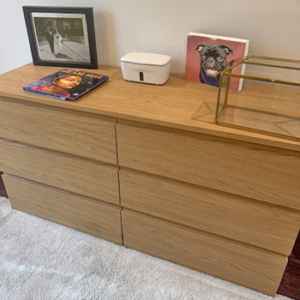 Every time I buy a piece of IKEA furniture, I swear it’ll be the last. I stand in the warehouse, staring at the flat-packed box, and promise myself that I’ll never again lose an entire weekend to an assembly marathon. Yet somehow, there I am this past Saturday morning, armed with a hex key, 114 screws, 27 wooden dowels, and the occasional mysterious piece that doesn’t appear in the instructions.
Every time I buy a piece of IKEA furniture, I swear it’ll be the last. I stand in the warehouse, staring at the flat-packed box, and promise myself that I’ll never again lose an entire weekend to an assembly marathon. Yet somehow, there I am this past Saturday morning, armed with a hex key, 114 screws, 27 wooden dowels, and the occasional mysterious piece that doesn’t appear in the instructions.
Let’s talk stats for a moment.
The average IKEA dresser has more parts than some small cars. A six-drawer MALM? Roughly 200 individual pieces. Directions? A 30-page manual that replaces words with cryptic cartoons of a smiley stick figure pointing at planks of wood. And while IKEA insists its “wordless directions” are meant to simplify things, in practice, they often lead to intense family debates about whether panel A is supposed to face up, down, or diagonally.
 Studies have shown that IKEA furniture assembly can take the average person two to three times longer than they anticipate.
Studies have shown that IKEA furniture assembly can take the average person two to three times longer than they anticipate.
In fact, some consumer reports rank IKEA among the most difficult DIY projects, right up there with installing a ceiling fan or assembling a grill. It’s not just the number of parts, but the precision. Miss one step early on, and by drawer five, you’ve built a slightly lopsided monument to poor decisions.
 And yet, I keep coming back.
And yet, I keep coming back.
Maybe it’s the affordable prices. Maybe it’s the sense of triumph when the last drawer slides into place and, for a fleeting moment, I feel like an accomplished craftsman. But mostly, it’s the IKEA paradox: the more painful the process, the prouder I am of the result.
October 2025
